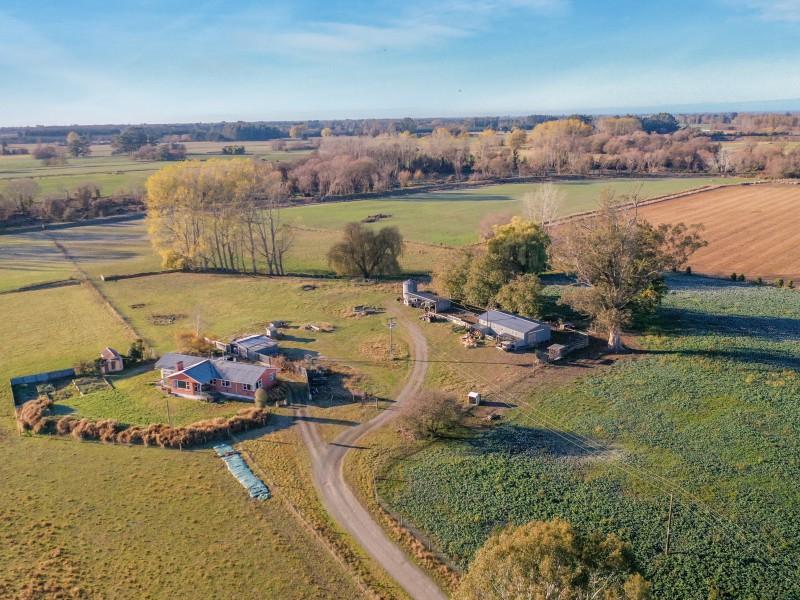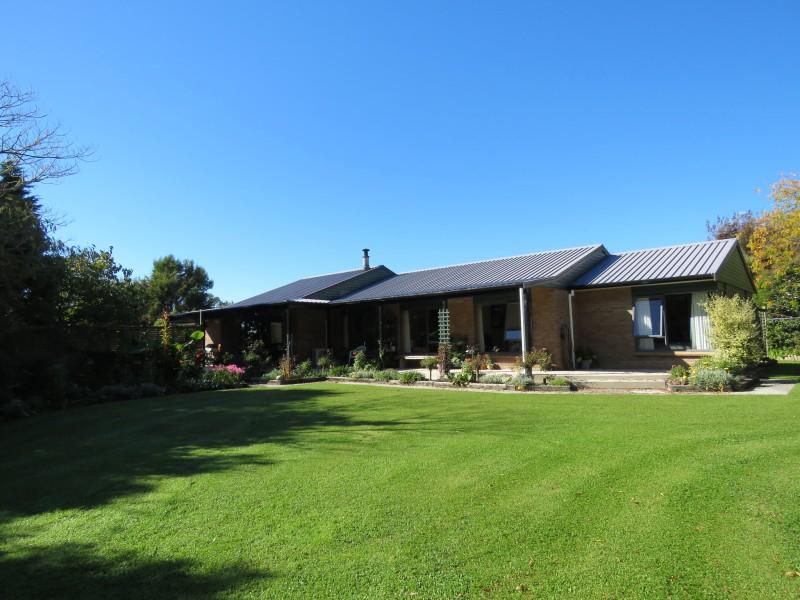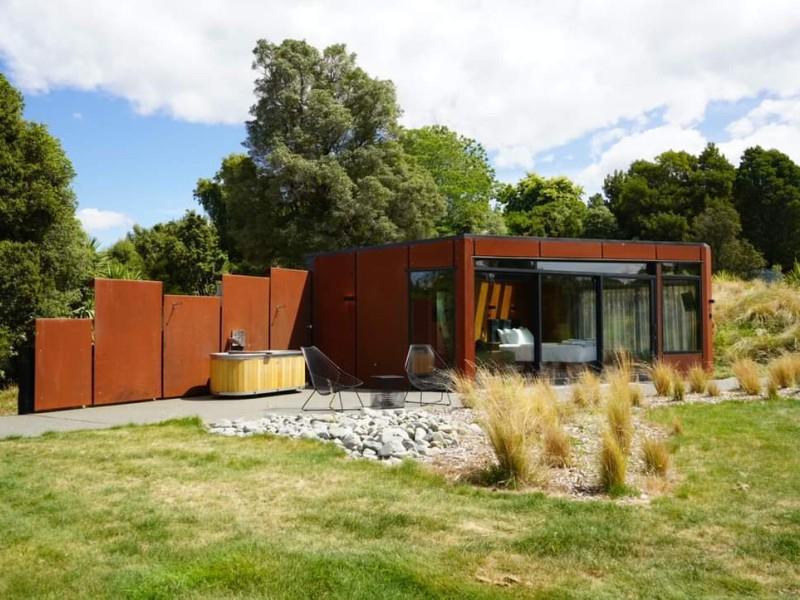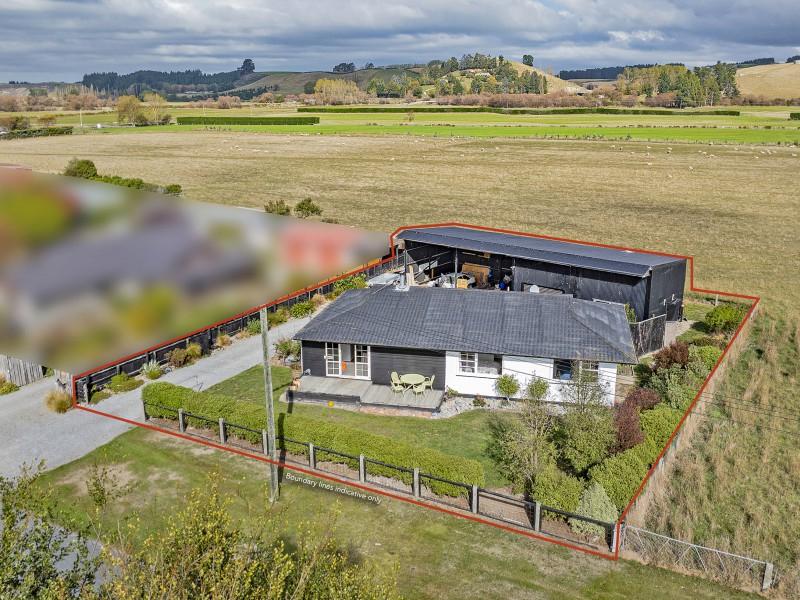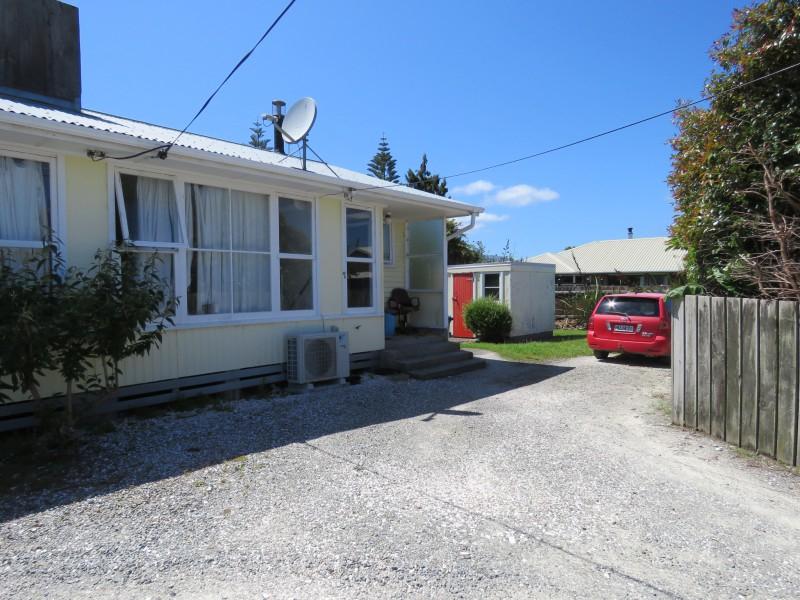Become an SPCA Foster Hero!
This little momma and her babies here to ask you a question... can you give him some love? Literally! ❤️ With the number of animals needing SPCA’s help on the rise, and the number of foster homes due to go down in the upcoming holiday season, we need foster homes now more than ever.
Over the next six months, around 10,000 cats and kittens will require temporary care to heal, learn and grow. Not only felines, but dogs, small animals and farm animals can all need foster care, and we’re desperately seeking new foster homes around the country.
No matter your circumstances, we are keen to hear from you. Whether you have kids, pets, work full time or can only commit for a couple of weeks, you can make a HUGE difference in the little life of an animal in need ?
We cover training and all costs. All you need to provide is your time and love ? Keen to know more?
Get involved today and get started on the most rewarding journey.

And the 2024 Prospa Local Business Hero is...
A huge congratulations to mother and son duo, Mary and Sam Danielson from The Puketapu Hotel.
The votes for all finalists have been tallied and they have been chosen by Neighbourly members across the country as the Prospa Local Business Hero of 2024.
The Puketapu Hotel was nominated by a local called Margaret and the nomination reads:
'On Feb 14, 2023, Cyclone Gabrielle flooded many of the rural areas. Puketapu Hotel went under perhaps half a meter of water. However, immediately Mary Danielson and her son, Sam Danielson, along with their loyal staff pulled it together to cook copious amounts of food that without electricity would have been wasted. Throughout the years many of us have been treated with a pub gathering where we can reconnect and a free meal. At Christmas there was Santa, games, gifts for kids, donated patchwork for adults, an ice cream truck and lots of camaraderie.
This February on the cyclone anniversary, they again pulled out the stops to give hundreds of us a special night. We are all tired of the cyclone cleanup and they understood that it was needed.'
Such a deserving business and team, well done Mary and Sam. And thank you to all those who voted!
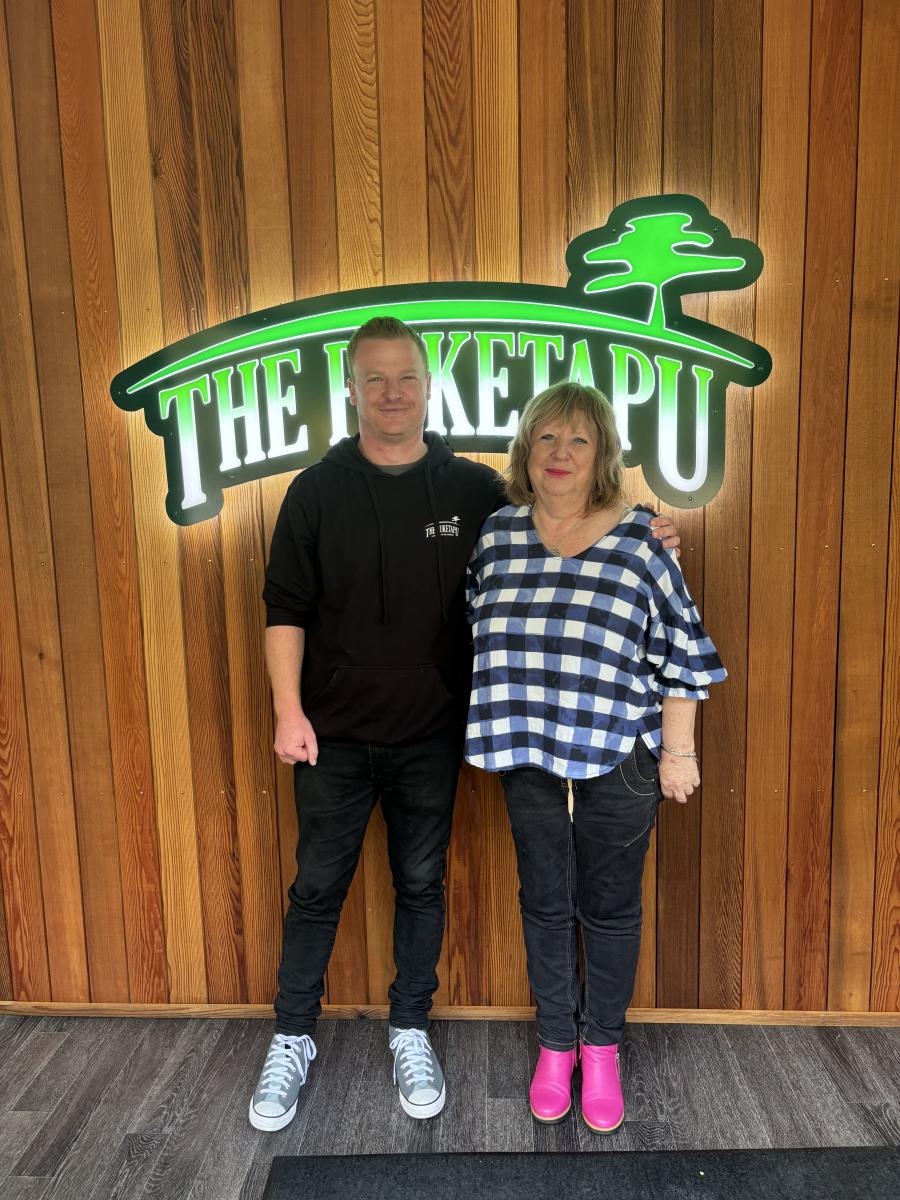
Poll: What is the smallest size hearing device Triton Hearing offer?
Some kiwis think hearing devices are big and ugly.
What if we told you technology has advanced substantially and they’re available in all shapes, colours, and sizes?
Go in the draw to win* a $40 MTA voucher when you share your answer to the
question below. Give it a go!
*T&C’s apply – must be over 18.

-
88.3% a) The size of a pea
-
4.6% b) The size of a AAA battery
-
7.2% c) The size of a $2 coin
West Coast’s three most polluted waterways
By local democracy reporter Brendon McMahon:
The top three polluted creeks on the West Coast will be targeted in a voluntary new approach to help clean up its waterways.
The West Coast Regional Council, using decades of previous data, plans to work with adjoining landowners in to address polluted waterways via "non regulatory methods".
Waimea Creek, which hosts almost a dozen working gold mines, is one of the worst three, with multiple abatements slapped on mine operators following a raft of complaints over many years.
Bradshaws Creek near Westport and Baker Creek near Karamea are the other two on the list, with farming believed to be contributing to poor water quality.
Council's resource management committee agreed on May 7 to press "pause" on its Freshwater Farm Plan measures as it awaits a Government review of the system.
The regional council then endorsed promoting a voluntary approach via the catchment management programme.
Acting planning manager Selva Selvarajah said the proposed approach in working with adjoining landowners was "almost brand new" for the region.
Until now catchment issues had been dealt with by council on a case-by-case basis, he said.
"Non regulatory methods" via catchment management programmes can be effective, based on wider experience.
The pause now on the Freshwater Farm approach gave scope for council's own catchment programme, he said.
Key stakeholders Poutini Ngāi Tahu, the farming sector and the region's dairy company were on board with the new voluntary approach.
Decades of catchment data held by council was used to identify the most problematic areas to make a start, Selvarajah said.
Programme co-ordinator Koeen Beets said their data base on E Coli, phosphorus, clarity, and macroinvertebrates helped them identify "the poorest" catchments.
Waimea Creek, Bradshaws Creek and Baker Creek were "the worst case scenarios".
Waimea had "a very poor" clarity score linked to activity in the catchment. Yet to be harvested plantation forestry, mining and farming were believed to be factors.
Beets said mixed farming dominated Bradshaws Creek, and he presented a picture of stock pugging on that creek's bank as an example.
That creek fed into the same estuary as Martins Creek, above the popular swimming spot on Marrs Beach opposite the town of Westport.
That beach has been on council's radar for years for its poor swimming water quality.
Beets said that catchment would require a broad approach to understand the complex factors at play.
Council environmental scientist Jonny Horrox said Martins Creek would not be ignored following a previous community-group approach.
There was less farming in that catchment compared to Bradshaws, he said.
Beets said the E .coli levels for the dairy-dominated Baker Creek at Karamea was very poor.
He said it was on a score where if a swimmer dipped into it 100 times, they would become sick from seven of those swims, he said.
Consultant Nicola McGrouther, an expert in catchment management, said the aim was to support adjoining landowners to voluntarily make changes to improve water quality.
"They need to be farmer-led and community-led," she said.
Each catchment programme would be unique with an underlying standard approach similar to that used by the NZ Landcare Trust community catchment model.
"We work with those communities to understand what the issues are."
Councillor Frank Dooley, who queried a possible link between Westport's wastewater treatment site and the headwaters of Bradshaws Creek, said he wanted to see an action plan on how the groups would be formed.
Council chief executive Darryl Lew said council already had external funding to employ Beets as the direct contact, and two further interns.
Lew believed council could direct adequate resources to support three catchment groups meantime with the existing funding until June 2025, with the council's proposed long-term plan incorporating it from there.






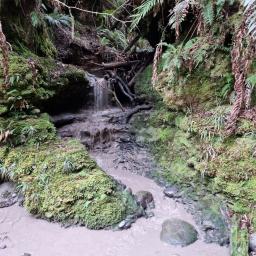
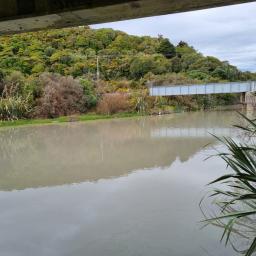
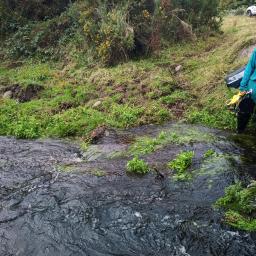
 Loading…
Loading…